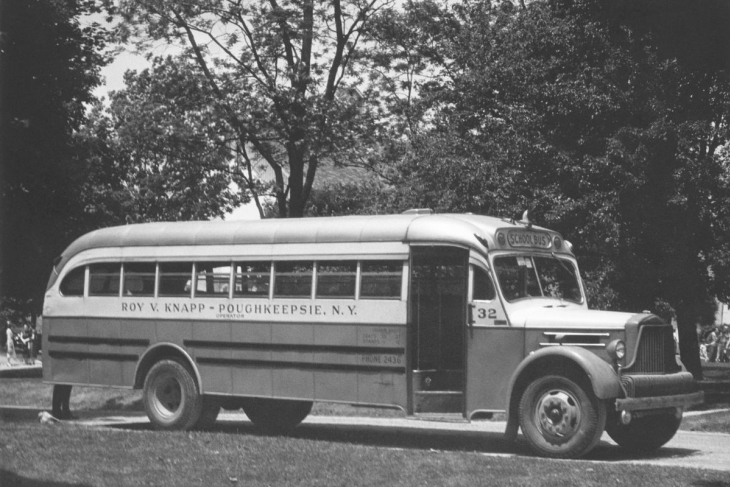The Supreme Court decision that overturned the “separate but equal” doctrine in Brown v. Board of Education had a great impact on schools across much of the United States. Even though not every school received the same integration orders, and some did not receive any at all, the desegregation of schools had significant effects on Black students’ outcomes. Those effects, it turns out, varied by region.
Previous studies have attempted to investigate the effect that court-ordered desegregation had on Black students. Yet such studies were often flawed. They were unable to identify when students were exposed to desegregation orders, where the students lived while they attended school, and how the timing of their exposure to integration affected their long-term outcomes. A recent NBER working paper uses a new methodology to address these flaws and provide a better picture of the effects of court-ordered desegregation.
The initial data in this study comprise a set of districts that, in 1968, had at least 15,000 students with 10–90 percent being Black. This created a national sample of 187 medium-to-large districts with racially diverse student populations. The researchers matched each district with its date-of-desegregation order implementation by using data from a 1987 desegregation study as well as from ProPublica and the American Communities Project—each of which contained information on districts’ desegregation plans and court orders. Districts that were in the initial sample but never were under a desegregation order were used, at times, for control purposes. The researchers linked large census and ACS samples to personal identifiers called protected identity keys to determine information about their sample respondents’ counties of birth. All this resulted in 5.1 million individuals, born between 1945 and 1985, who identified as non-Hispanic White or Black. After accounting for repeats and excluding individuals younger than twenty-four or older than fifty-four, the researchers created a new data set to include, for each individual, their birth year, American Community Survey response year, county of birth, race, and sex.
With this sample, they could look at what age students were when they were exposed to court-ordered desegregation, so the researchers could dig more deeply into the amount of exposure students had to court-ordered desegregation. The researchers focused on the indicators of human capital, such as the level of education attained, and indicators of economic self-sufficiency, such as employment and income.
For Black students in the South, analysts found a 15 percent increase in likelihood to complete high school and an increase in one full year of schooling for Black students who spent the most time in desegregated schools. These findings are similar for indicators of economic self-sufficiency, and the effects on economic self-sufficiency impact even more Southern Black students. The researchers hypothesize that the strong effects of desegregation on Black student outcomes in the South may be due to the drastic change that desegregation orders brought to the region.
Although this study is historically focused, it carries important modern-day implications. School segregation is still an issue of public concern in the twenty-first century—79 percent of White students in public schools attend schools where 50 percent of the students are of their same race. In San Francisco, a recent study found that students attending schools that are indirectly segregated based on attendance zones are more likely to take part in risky behaviors. It is clear that more diversified schools have a positive impact on minority students, and it is clear that there is progress to be made. Diverse-by-design charters and other school-choice initiatives may help to break the binds of school zones and help to create opportunities for all students; it is also important to learn from past practices and mistakes to move forward.
SOURCE: Garrett Anstreicher, Jason Fletcher, and Owen Thompson, “The Long Run Impacts of Court-Ordered Desegregation,” NBER Working Papers (April 2022).


